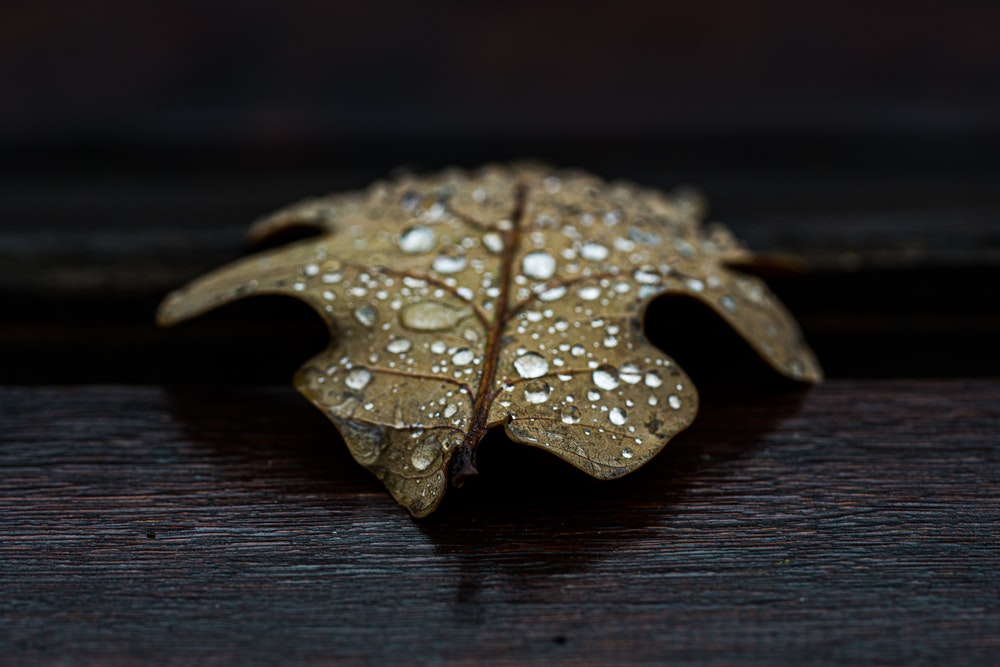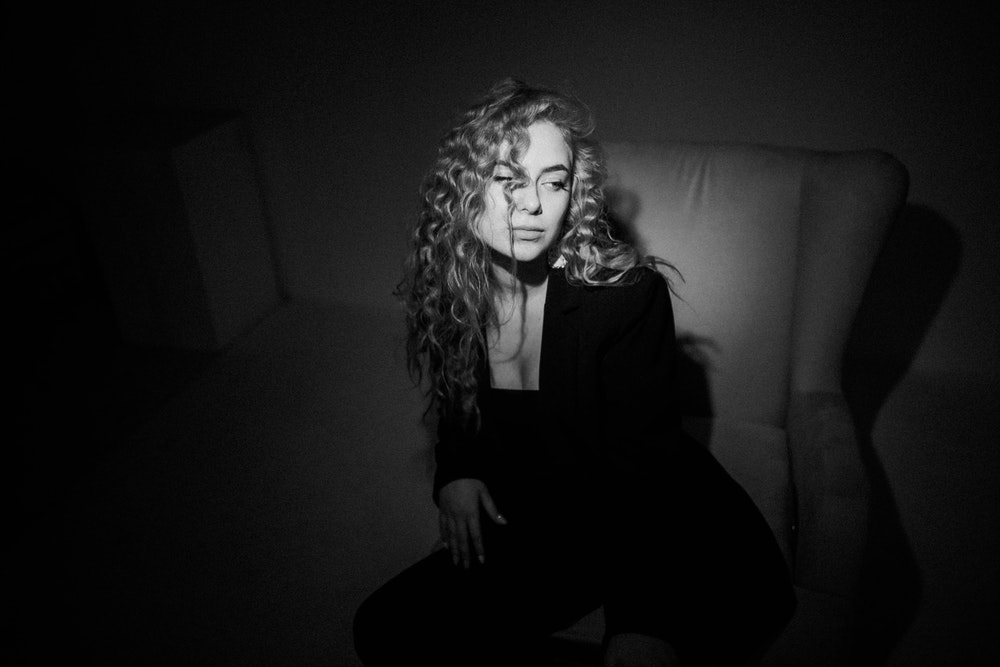Capturing Great Shots Using Low Light Photography

Photography and story-telling are very much synonymous with each other in many ways. If you suppose photography to be story-telling then low light photography is able to tell exceptional stories.
You must have seen some of the stunning photos belonging to this category. Photos shot in low lights have the ability to get you into a whole different world. However, the problem is that the special events worth capturing don’t always happen during dusk or dawn.
The good news is that you can shoot great shots using low light either indoors or outdoors. You just need to put a little effort into making it happen. And that is exactly what this article is going to be all about.
Though the market is full of DSLRs and other sets of equipment to help you with photography. You can never make the most out of DSLRs without proper knowledge. We have come up with a complete list of tips to help you get great shots using low-light photography. So, let us get this started without further delay.
Always start with good preparation
This is the first step toward getting great shots using low-light photography. Proper pre-planning will make things really easy for you in later stages. First, you have to decide the type of light you want in the photo.
Based on that you may decide whether you will do that with the help of artificial light or you have to wait for a particular time, such as night photography subjects. It is also highly dependent on the subject. If you want a warm glow in the landscape photo with low light settings, it would be best to shoot the photo during sunset. Shooting the same subject during dusk will bring a blue tone to the photo.
Choose the right gear
This is something photographers are the most worried about when it comes to getting great shots using low-light photography. Visual noise is something that is readily available in the majority of photos shot in low-light scenarios. The problem lies in most digital sensors.
Whenever you use digital sensors with high ISO and low light levels, brightness variations of random colours appear in the frame. And this is the main reason why the images lose their real contrast and you get a photo with compromised quality.
But you can tackle this issue by opting for cameras with larger sensors. Though the noise reduction technology has increased tremendously over the past few years, you will get added advantages if you go with the cameras with larger sensors. We can’t be more specific here however full-frame mirrorless cameras work the best in this case.
Choose a fast lens
Especially when it comes to low light photography, you need to know the different types of camera lenses, and use a fast lens with a wide aperture larger than 2.8 if possible. This allows extra light into the camera, which means choosing the lower ISO settings will result in much cleaner low light images.
Use a tripod
Always take your tripod when you plan to shoot any long exposure work. A quality tripod will stabilise your camera, and that in turn allows you to use a lower shutter speed, without fear of hand shaking, or general blurs.
Even a slight shake can ruin all your efforts with these settings. If you don’t have access to a good camera tripod, try setting the camera down on a flat surface to take the shot. This way at least you minimise shake and blurs.
Want to earn money from your hobby?Sign up free as a Stockphoto.com contributor today!
|
Camera settings for the best shots
You will never get the best shots even with the highest quality gear if you are unable to use the right settings. And you will gain this skill through knowledge. In this section, we are going to make things clear about the appropriate settings for getting great shots with low-light photography.
Shoot in manual mode
Note that you have to shoot these photos in Manual mode with Manual Focus (MF) mode as well. By shooting in manual you want to have full control over the settings of your camera. This lets you decide the shutter speed, lets you decide the ISO lets you decide on depth of field, and you want to set exposures to your taste. You don't want to hand those creative decisions over to the camera.
Slow that shutter right down
You need to be comfortable with using a low shutter speed when trying out low-light photography. The best thing you can do here is to go with a long exposure.
You might think it will bring blur in the photo and you are right up to some extent. however you should know that blur is better than unwanted noise. Photographers use this blur effect to depict the motion of certain objects in the frame. Based on the subject in your low light photo, you can embrace blur with the right shutter speed, rather than worry about it.
Always shoot in RAW
Absolutely important here, especially with low light photography, is to always shoot in RAW. This allows you to capture the maximum amount of data that you can in the photograph.
That way, when you do any post processing work, this significantly helps you open up the shadows, recover highlights and tweak the exposure settings. If you are shooting in a dark situation, then shooting in RAW is absolutely invaluable.
Turn that ISO up
Use a camera with a high ISO rating or raise your ISO to the maximum level that you're comfortable with. Different cameras render this differently. Obviously the lower your ISO the cleaner your image is going to be. Everyone's taste is a little bit different. Use high ISO judiciously.
Consider using exposure compensation
You should try and explore the exposure compensation dial if you have to shoot in an automated mode like aperture priority or shutter priority exposure compensation can help you nudge things a little brighter or a little darker as needed.

Try out flash if the situation demands
This point might seem counterintuitive however it is true. Several amateur photographers fear a lot when it comes to using flash in low-light photography. All you need is to learn the right way of using flash.
Though it will take a bit of time because there is no manual for learning to control the flash, you should learn it. All you need to do is adjust the power of the flash as per the situation and see the effects. You must have seen the way the black background appears when you shoot photos of a light source as a result of not using flash.
The right use of an external flash, in that case, would make the difference. In the same way, you can make use of flash in low-light photography as well when it comes to getting great shots using low-light photography.
Pro tip
The thing you need to understand the most is the fact that there are a few types of low-light conditions. You might need to use the low-light settings even in the daytime. Suppose you are shooting photos in a shadow region right under a bridge, under a large tree or any other building, you have to use the low-light settings in this case as well.
Apart from that, shooting photos during dusk, dawn, or even darkness of the night when only bright objects are visible also requires low-light settings.
So, you have to use slightly different camera settings based on the situation in which you are shooting. You will be able to learn these things after a bit of practice. It is only a matter of practising before you will learn about the perfect recipe for low-light settings based on the situation at hand.
Photographers! Earn a $200 Sign up Bonus... |
|---|
Interested? Sign-up here(more details) |
Final thoughts
All we tried to do here is give you the right tips and guidelines to get started with low-light photography.
We hope this article has enough to give you the initial push into learning the way to get great shots in low-light photography. The rest of the things will become clear as you pass through this journey.
About the Author
Emma Taylor is an Australian blogger and photographer, who lives in Melbourne with her two cats, where she frequents live theatre and wine bars.


